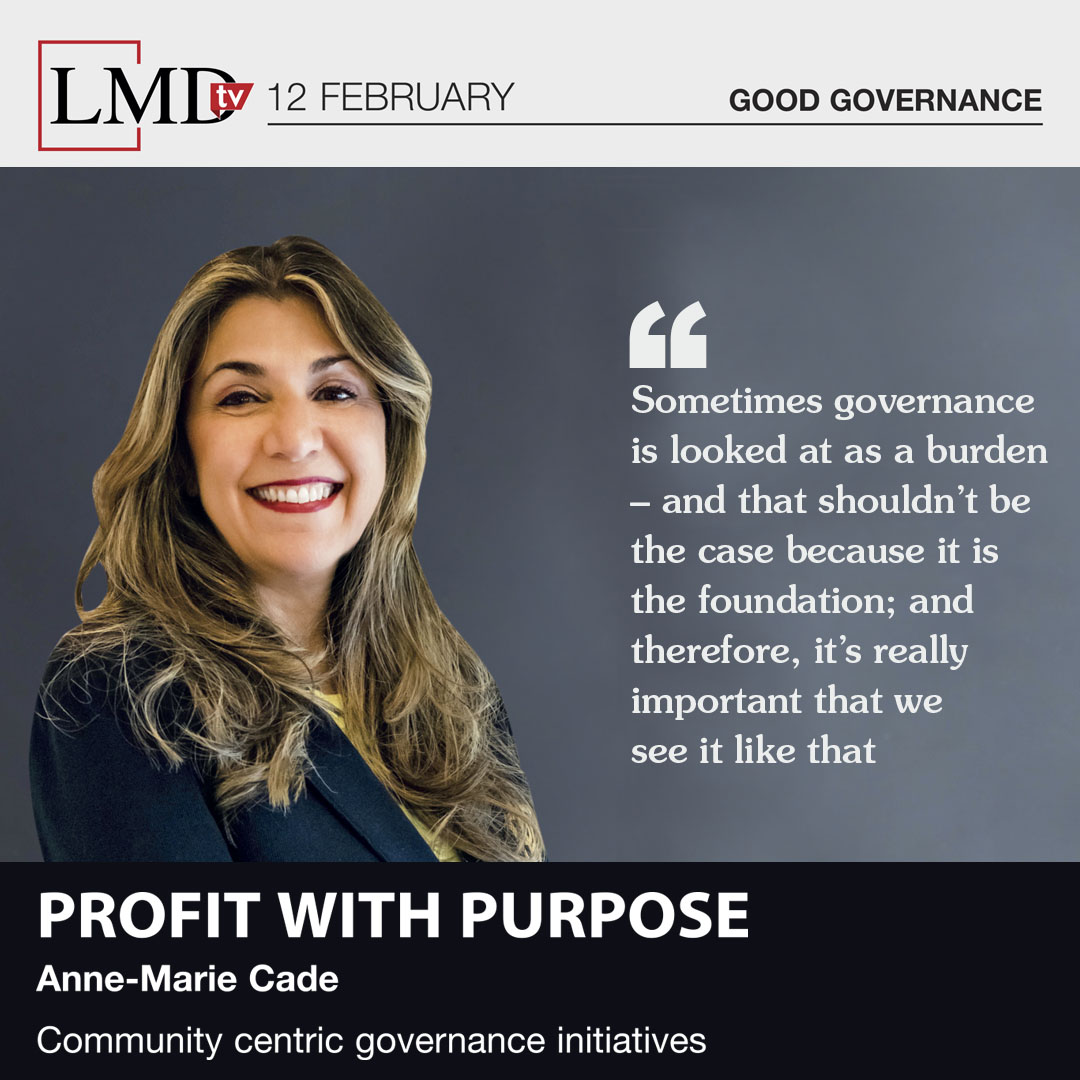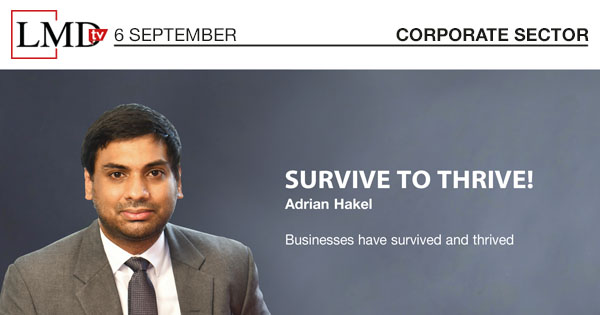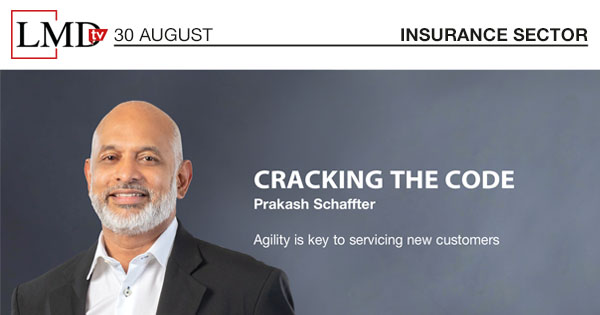LMD TV

The Research Director of Verité Research Subhashini Abeysinghe, in a recent LMDtv Talking Business episode, outlined the contents of the environmental impact assessment (EIA) framework.
She said: “EIAs are conducted by countries when they undertake development projects to identity, forecast and mitigate potential negative environmental impacts.”
Sri Lanka’s regulatory framework requires project proponents or government agencies that propose projects to carry out EIAs before implementing a project.
Abeysinghe noted: “If the EIA indicates that the environmental damage far exceeds the benefits of the project, or that the damage cannot be reversed or mitigated, then the government should rethink whether to proceed with it.”
Meanwhile, she remarked that “the EIA framework in Sri Lanka is governed primarily by two laws passed in 1980 – the National Environmental Act and Coast Conservation Act.” The Coast Conservation Act mainly deals with projects in the coastal areas while the National Environmental Act covers projects in other areas of the country.
“The Right to Information (RTI) Act requires the respective minister to disclose project information three months prior to its commencement,” she explained, adding that “according to Regulation 20 under Section 41 of the act, the publication of information in relation to the procurement process, decision making, contracts and approvals must be made.”
However, she asserted that “compliance with these requirements is significantly low,” and stated that “we filed the RTI request for certain documents but managed to secure only around 50 percent of the information.”
The time it takes to receive the information tends to be drastically longer than the timelines specified in the RTI Act. “Ideally, you should get the information within 28 days but there are instances where it takes more than 150 days,” she observed, while expressing dismay over the fees charged by certain authorities.
“The RTI Act prescribes that if the authorities have to photocopy the documents, they can charge a photocopy fee of Rs. 2 but the Sri Lanka Ports Authority asked us to pay US$ 2 for each side of a page,” Abeysinghe revealed.
Commenting on public participation in development projects, she remarked that “public participation will build confidence among the public about the projects – and prevent costs of either cancelling or reversing a project that has already commenced in response to public outrage that may result from a lack of information.”
Furthermore, she noted: “The Belt and Road Initiative (BRI) is a very broad concept with an emphasis on infrastructure and connectivity,” and added that “it provides funding to a much needed area since the funds available to meet the infrastructure requirements of a developing economy are insufficient.”
Therefore, she welcomed the idea of funding from China.
Moreover, Abeysinghe stressed that “connectivity is a major problem in South Asia,” which deters economic progress in the region – and emphasised that in terms of funding, “the governance aspect of it is important.”
Adding that “Sri Lanka’s regulatory framework has many gaps that potentially risk these projects from being implemented without necessarily benefitting the people,” she highlighted the need to address the weaknesses in the regulatory framework.
Abeysinghe said: “In a recent study, we analysed 50 concessional loans taken by the Sri Lankan government between 2005 and 2018 to fund infrastructure,” and found that “these loans came at a higher cost than if they’d come through international competitive bidding.”
Summing up, she stated: “Unsolicited proposals across the world have a tendency to be less transparent, and are more likely to be subject to corruption and malpractices.”
“Sri Lanka should strengthen its regulatory framework and increase transparency to ensure there is a data driven scientific process for decision making,” Abeysinghe concluded.





